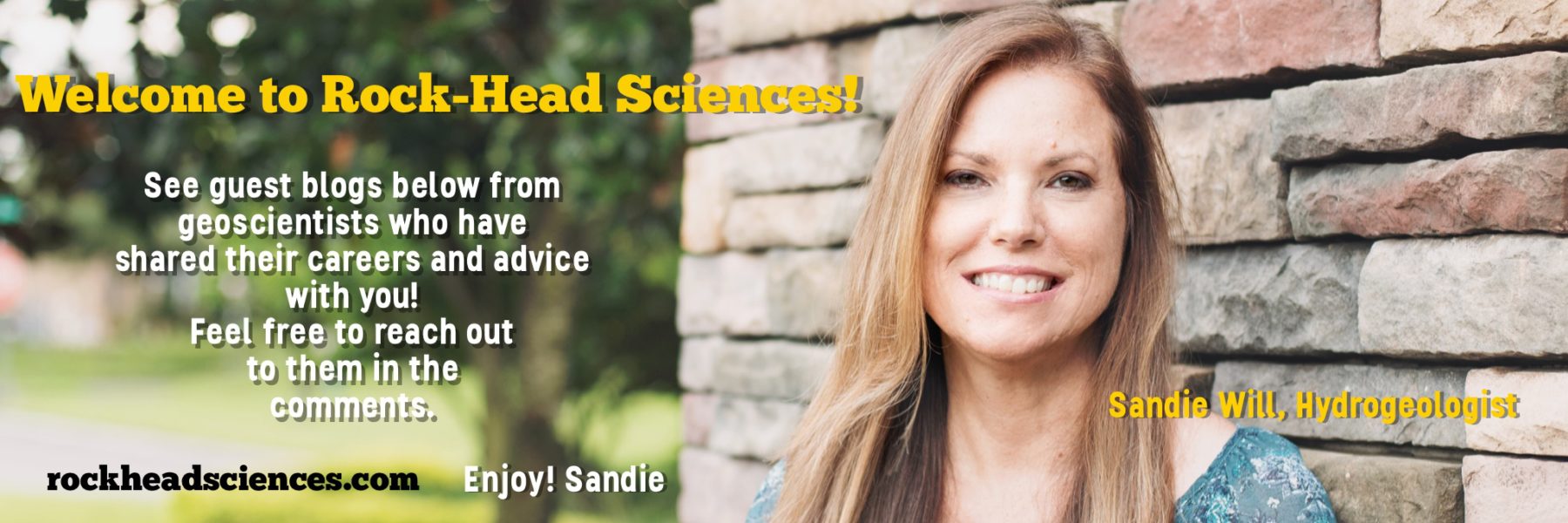
Michael Pyrcz, Associate Professor, University of Texas at Austin, Petroleum and Geosystems Engineering
NAME: Michael Pyrcz
CURRENT TITLE: Associate Professor, University of Texas at Austin
AREA OF EXPERTISE: Geostatistical Modeling, Spatial, Multivariate Statistical Modeling, Uncertainty Quantification
YEARS OF EXPERIENCE: Associate Professor, University of Texas at Austin (3 months); Senior Staff Research Scientist, Earth Science R&D Unit, Chevron Energy Technology Company (13 years)
EDUCATION: B.Sc. Mining Engineering, Ph.D. Geostatistic
WEBSITE: http://www.michaelpyrcz.com/
What’s your job like?
At Chevron, I led a research program (multiple research projects) with participation from several geoscientists and engineers. I developed new ideas, mentored my research team, ran numerical experiments, made observations at outcrops, validated results, interrogated products of experimental stratigraphy (e.g. Jurassic Tank) and physics-based models, wrote reports, promoted research to business units and planned future R&D work. I also acted as a geostatistics subject matter expert, reviewing and teaching reservoir modeling enterprise-wide.
Now as a professor at the University of Texas, I’m preparing course material, setting up collaboration with industrial partners, mentoring my students and others, coding experiments and writing papers.
What’s a typical day like?
Show up early, so I can get a couple of hours of quiet work time at the office. Respond to student questions, code and run experiments related to simulating geological phenomenon. Meet with my students to review, mentor and direct. Teach a class, hold office hours and mark assignments. Host conference calls with industrial partners to learn of their needs and to review recent results. Read some recent papers and brainstorm new ideas to charge the research pipe. Go home and after dinner exercise and review a paper for a journal.
What’s fun?
I love working with students. Firstly, it wasn’t that long ago I was one of them, so I empathize with and have a lot of respect for them. I appreciate the drive, enthusiasm, and potential. In industry, teaching and mentoring were my favorite tasks and now as a professor, I get to do it all the time. In general, I have enjoyed meeting and working with so many amazing professionals of all experience levels during my career.
Coming up with new ideas is thrilling. It is very cool that we can play a role in contributing to human knowledge and quality of life for society. There is so much that remains unknown. Everywhere I look there is an opportunity to learn more about the geology of this amazing planet.
What’s challenging?
The subsurface problems we try to solve are difficult. We often have too little data and the geology is complicated. It is humbling, but we do our best to build new models that better represent the incomplete state of our knowledge.
There is so much to do it can be a challenge to remain focused. I have to be vigilant to make sure that I am prioritizing to meet immediate demands while working toward the big, long-term goals.
What’s your advice to students?
Reach out and talk to folks in the field you are interested in. Folks like Clayton Deutsch (a mentor during my undergrad that later became my PhD advisor) had a huge impact on the path that I took. Many of us are happy to provide frank assessments.
Be quantitative. Learn statistical methods to better summarize and understand the significance of your field observations, use geostatistical methods to export this information to models that impact major decisions.
Pick up some coding. You’ll be able to automate your workflows, run fast experiments and deploy your novel methods to others. Be like Zoltan Sylvester and Brian Willis and run novel experiments, make amazing figures and animations or even be like Tao Sun and model the geological processes. You don’t have to be an advanced C++ programmer, but a little Python could go a long way.
Keep learning. Subsurface asset teams are integrated. Learn enough about geophysics, reservoir engineering, petrophysics in addition to geoscience so that you can communicate and integrate the value from all the scientific disciplines. Also, seek out and adopt new technologies to remain current.
Stay visible. After graduate school keep active in the professional community including conferences, journals, outreach etc. The way you are valued inside a company is often proportional to the way you are valued outside the company.

